Spanish Verbs Worksheets Results
Preterite vs Imperfect: A Beginner’s Guide to the Past Tense in Spanish
Here’s a quick look at how to conjugate regular verbs in the preterite and imperfect forms. Be sure to check out our post on All You Ever Needed to Know About Spanish Simple Past Tense Verbs for a thorough rundown of both regular and irregular preterite verb conjugations. Preterite: Regular -ar Verbs -é -aste -ó -amos -aron
https://url.theworksheets.com/2qja107 Downloads
Preview and Download !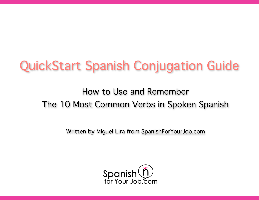
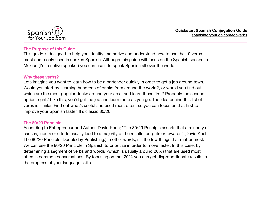
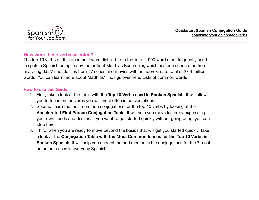
Basic Spanish - Verbs - Alison
Regular Verbs In Spanish, many verbs follow an easy to understand conjugation scheme. The conjugation of a regular verb depends on the ending of its infinitive. (The infinitive is the basic form of the verb that you find in the dictionary; for example, English infinitives are always written with to, like the verbs to run orto speak.)
https://url.theworksheets.com/3x21124 Downloads
Preview and Download !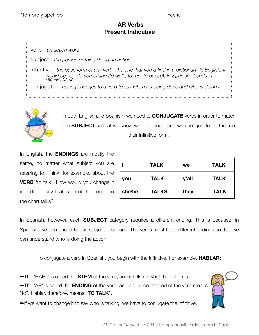
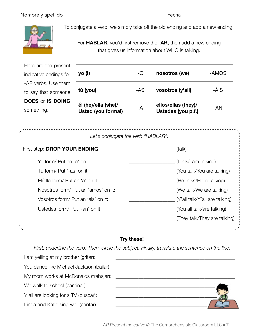

SPANISH 2 UNIT 3: LA RUTINA DIARIA Y LOS QUEHACERES
SPANISH 2 UNIT 3: LA RUTINA DIARIA Y LOS QUEHACERES GUIDED PRACTICE – CONJUGATION ACTIVITY WITH DICE! Direcciones: 1) Each set of partners should have one set of dice. 2) One partner should be in charge of rolling the dice to pick the Subject Pronoun and the other partner should roll the dice to pick the Verb. 3) Write down the pronoun or verb that corresponds to the number rolled.
https://url.theworksheets.com/o77341 Downloads
Preview and Download !

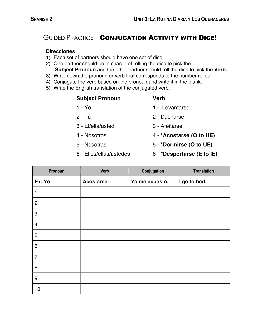
Spanish Direct, Indirect, and Reflexive Pronouns - Germanna
In sentences using compound verbs, the same order, R.I.D., applies in the placement of the pronouns. The object pronouns may either be placed before the conjugated verb or attached to the infinitive. Translate from English to Spanish using the correct object pronouns. 1.) We bought them for her. _____ 2.) I wrote it for him.
https://url.theworksheets.com/6tui128 Downloads
Preview and Download !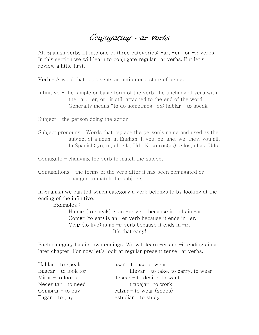
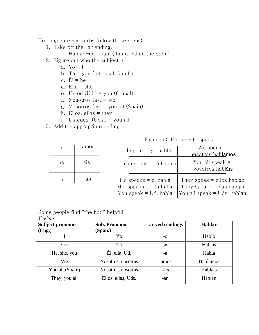

Practice Makes Perfect: Spanish Irregular Verbs Up Close
vii Contents 1 The Spanish verb system: An overview 1 2 Present system 1: Present indicative 7 3 Present system 2: Present subjunctive 15 4 Present system 3: Imperatives 23 5 Infi nitive system 1: Imperfect indicative 31 6 Infi nitive system 2: Future 37 7 Infi nitive system 3: Conditional 45 8 Preterit system 1: Preterit indicative 51 9 Preterit system 2: Imperfect subjunctive 59
https://url.theworksheets.com/79n389 Downloads
Preview and Download !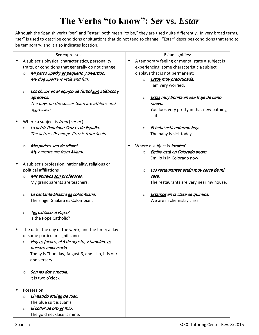
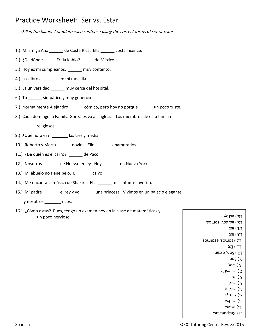

1 El Pretérito- Past tense - Midland Independent School District
In Spanish, we have two past tenses. El pretérito is used to talk about events that occurred at a specific point in the past. Let’s compare present tense to past tense: PRESENTE OF –AR VERBS. The present tense tells us what someone is doing or does. The past tense tells us what someone did. PRETERITO OF –AR VERBS
https://url.theworksheets.com/1lyz67 Downloads
Preview and Download !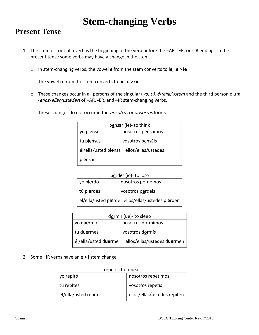
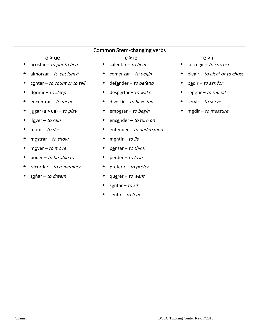
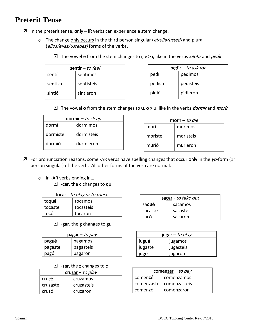
Stem-changing Verbs - Bucks County Community College
Spanish BCCC Tutoring Center Rev. 7/2015 Stem-changing Verbs Present Tense 1. The stem or root of a verb is the beginning of the verb before the –AR, -ER, or –IR ending. In the present tense some verbs may have a change in the stem. o In stem-changing verbs, the vowel e from the stem converts to ie, e > ie
https://url.theworksheets.com/1h0u238 Downloads
Preview and Download !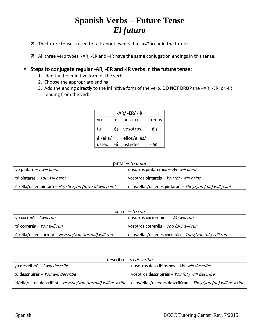
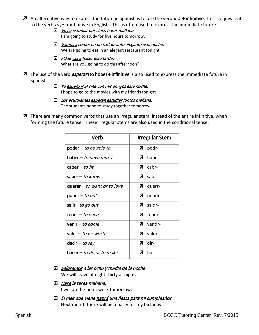

Spanish Learning Scripts - Worksheets - Tell Me In Spanish
Top 27 Verbs to Build Phrases 18 Spanish Vocabulary Lists 375+ MUST-KNOW Adjectives, Adverbs, Pronouns, Prepositions & Articles Top 200+ Spanish Verbs Check these resources and, based on your interactions, select phrases that you think may be useful for ... Spanish Learning Scripts - Worksheets ...
https://url.theworksheets.com/6rf256 Downloads
Preview and Download !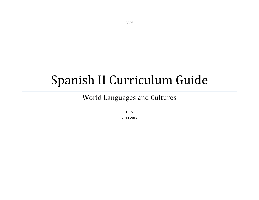

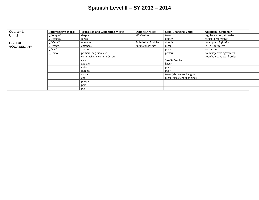
Spanish Verbs- Conditional Tense - Bucks County Community College
Spanish Verbs – Conditional Tense El condicional The conditional tense is used to talk about events that would happen in the future under certain circumstances. All three verb types, -AR, -ER and –IR have the same conjugation endings in this tense. Steps to conjugate regular -AR, -ER and -IR verbs in the conditional tense: 1.
https://url.theworksheets.com/inz1065 Downloads
Preview and Download !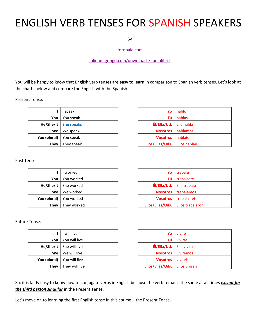

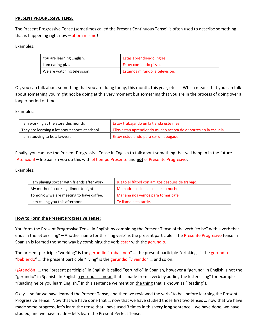
ENGLISH VERB TENSES FOR SPANISH SPEAKERS - fotopala.com
So, in Spanish the infinitive vivir is expressed in English as “to live” … comer in Spanish is “to eat” in English … caminar in Spanish is “to walk” in English. One thing that makes English easy to learn is that the Spanish verbs ser and estar are both covered by the one English verb “to be.”
https://url.theworksheets.com/7pk322 Downloads
Preview and Download !


<< Previous results Next results >>